
熱帯雨林には数多くの植生層があるため、その構造は多くのほかの種類の森林とは異なる。
こうした層は「ストラタ(層)」と呼ばれている。
最下層は林床で「低木層」と呼ばれている。
低木層はシュロ、苗木、若木から成っている。
林床部の上にあるひとつもしくは複数の層は「中木層」と呼ばれている。
この中木層は大きな灌木や中木などにより構成されている。
いちばん上の層は「高木層」と呼ばれ、
高さが50m、幅が2mにもなる高木で構成されている。
高木の葉や枝がほかの層全体を覆い、ほとんどの太陽光や雨をとらえてしまうので、
高木層は通常「林冠」と言われている。
この林冠は熱帯雨林で最も多くの生命体が生息しているところで、
数百万種類もの植物や動物によって構成されている。
こうした林冠を研究することで、人間は地球サイコの生態系から学びmそれを理解することができる。
The structure of rainforests is different from most other forest types because it has many layers of vegetation. These layers are called “strata.” The bottom stratum is the forest floor and it is called the “understory.” The understory is composed of palms, seedlings and saplings. Above the forest floor are one or more strata called the “midstory.” The midstory made up of woody plants, such as large shrubs and midsized trees. The top stratum us called the “overstory” and is formed by giant trees that grow up to 50 meters high and 2 meters wide. The leaves and branches of the tallest trees cover all of the other strata and capture most of the sunlight and rain, which is why the overstory is commonly referred to as the “canopy.” The canopy is home to the largest amount of life in the rainforest and consists of millions of different plant and animal species. By studying these canopies, humans can learn from and understand earth’s oldest ecosystems.
バナナの木と同種の植物など中木層の植物は、
林冠に妨害されない光はどんなにわずかなものでもとらえるために、
非常に大きな葉を持っていることが多い。
高木層の植物の葉とは違い、林冠に当たる強い太陽光のせいで枯れることがないために、
中木層の植物の葉は大きく成長できる。
籐(とう)のように上へとつたっていくツル科の植物は熱帯雨林で急激に成長する。
中木層の植物は太さ25cmにもなることがあり、最も高い木を登ったり、
その間をかいくぐったりすることで、高木層に当たる太陽光を浴びて生き延びるのである。
Studies show that only 2 percent of sunlight reaches the floor of the rainforest. Understory plant species have developed special traits to cope with low light levels. Many have deep red coloring on their leaves to capture light of different wavelengths than that of the plants and trees in the lush, green canopy.
Midstory plants, such as relatives of the banana tree, often have exceptionally large leaves for capturing what little light the canopy does not intercept. In contrast to upper story leaves, midstory leaves can grow big because they are not dried out by the strong sunlight hitting the canopy. Vines, or climbing plants, such as rattan palms, burgeon in the rainforest. They can reach thicknesses of up to 25 centimeters, and survive by climbing up and between the tallest trees to gain exposure to the sunlight in the upper strata.
こうした生育環境はまた、熱帯雨林という生育環境に独特の植物を数多く生み出してきた。
栄養素に乏しい熱帯雨林の土壌に対応し、
上の層にある植物から落ちてくる残屑の葉を使って集める植物も存在する。
この残屑が堆積し、肥料となる小さな堆肥の山を形成する。
そこには食虫植物、つまり虫を食べる植物も存在する。
熱帯アジアに生息するような嚢状葉(のうじょうよう;ウツボカズラなど)植物は、
葉で虫を捕まえることで栄養を取っている。漏斗(ろうと)の形をした嚢状葉植物の葉に降りた虫は、
消化液に満ちたその植物の中央にいとも簡単に滑り落ちる。
すると虫は急速に溶解され、その栄養素が植物のものとなるのだ。
このような動的相互作用のほかの例として、ラフレシアがある。
世界で最も大きな花であることに加えて、その異様な匂いでもしられている。
この匂いがハエをおびき寄せ、花に受粉させるのである。
This habitat has also produced many plants that are unique to rainforest habitats. In response to the nutrient-poor soil of the rainforest some plants use their leaves to collect falling debris from other plants located higher in the strata. The debris accumulates and forms small compost piles to be used for food. There are also insectivorous, or insect-eating plants. Pitcher plants, such as those in tropical Asia, receive nutrition from trapping insects in their leaves. Insects that land on the pitcher plant’s funnel-shaped leaves easily slip into the plant’s center that is full of digestive juices. Here, the insect rapidly dissolves and the nutrients become part of the plant. Another example of this dynamic interaction is the corpse lily. In addition to being the largest flower in the world, it is also well-known for its grotesque smell. This smell attracts flies that serve to pollinate the flower.
しかし、熱帯雨林の層の秩序は自然に起きる破壊によって、定期的に乱される。
例えば、巨木が倒れるときは、その1本だけが倒れるわけではない。
通常、熱帯雨林の木々は蔦(つた)で結ばれており、1本が倒れるとほかの木を引っ張るのである。
巨大な木が1本倒れると、林冠に覆われいる場所に大きな空き地ができ、
そのおかげで太陽光と水が林床部にまで届く。
その結果、動植物が移動し、成長を始める新しい場所ができる。
However, the order of the rainforest’s strata is regularly disturbed by naturally occurring disruptions. For example, when a giant tree falls. It does not fall alone. Usually, trees in the rainforest are connected by vines that pull on other trees when one falls. The falling of one giant tree can make a large opening in the forest canopy that allows sunlight and water to reach the forest floor. This results in a new space for plants and animals to move into the area and begin to grow.
ハリケーンや台風も、再生につながる森林の混乱原因のひとつである。
熱帯雨林を詳しく研究してきた科学者や研究者らは、
時折起こる破壊と再生は健全で多様性のある森林をもたらすために、
なくてはならない過程なのだと言う。
Hurricanes and typhoons are another cause of disturbances in the forest that lead to regeneration, Scientists and researchers who have studied the rainforest in detail sat that this occasional damage and regrowth is a vital process that leads to healthy and diverse forests.
植物や動物の種の中には、あまりにも相互に依存しあっているため、
その相手がいないと生存できないものもいる。例えば、すべてのイチジクの木は、
ある特定のハチ(イチジクコバチと言われている)のしゅによって受粉がなさている。
その代わりに、これらの木はハチに唯一の産卵場所と幼虫のすみかを与えている。
こうした相互関係は、地球全体の種と同様に地域ごとの種に対して、
森林伐採が与える影響を研究している科学者らの専門研究分野である。
熱帯雨林から得られた教訓は世界の知識における重要な部分になりつつある。
それは、森林伐採によって生じる短期的な利益や産物よりも、
素晴らしくそしてより長続きする豊かさである。
Some plant and animals species are so dependent on each other that they cannot live without each other. For example, all fig trees are pollinated by a species of wasp. In return, the trees provide the only habitat for wasp eggs and larvae Such inter-relationships are the domain of scientists who study the effects of deforestation on local species, as well as global ones. The lessons found in the rainforest are forming an important part of world knowledge – a richness greater and longer lasting than the short-term profits and products that stem from deforestation.
参考:
熱帯雨林 – Wikipedia [Link]
中米の熱帯雨林フォト [Link]
熱帯林行動ネットワーク(JATAN) [Link]
森林 – Wikipedia [Link]
独立行政法人 森林総合研究所 [Link]
日本森林学会 [Link]
林野庁 [Link]

Menu Close
Hall of fame 殿堂入り
-
 【香川】日本のウユニ塩湖。瀬戸内海『父母ヶ浜(ちち...
72.4k件のビュー
【香川】日本のウユニ塩湖。瀬戸内海『父母ヶ浜(ちち...
72.4k件のビュー
-
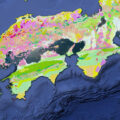 産総研が公開した地質サイトがすごい。四国の地質をみ...
45.1k件のビュー
産総研が公開した地質サイトがすごい。四国の地質をみ...
45.1k件のビュー
-
![【香川】春日川の川市 – [Kagawa] River market of Kasuga river](https://yousakana.jp/wp-content/uploads/wordpress-popular-posts/49605-featured-120x120.jpeg) 【香川 5/18】春日川の川市 – [...
42.6k件のビュー
【香川 5/18】春日川の川市 – [...
42.6k件のビュー
-
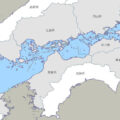 皆さんは「瀬戸内海」って聞くと、どの範囲を想像する...
42.5k件のビュー
皆さんは「瀬戸内海」って聞くと、どの範囲を想像する...
42.5k件のビュー
-
 「ザ!鉄腕!DASH!!」のダッシュ島は、瀬戸内海...
40.2k件のビュー
「ザ!鉄腕!DASH!!」のダッシュ島は、瀬戸内海...
40.2k件のビュー
-
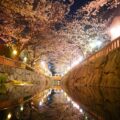 水面に映る桜、鹿の井出水(しかのいですい) ...
38.3k件のビュー
水面に映る桜、鹿の井出水(しかのいですい) ...
38.3k件のビュー
-
 香川県立アリーナがユネスコのベルサイユ賞、最優秀賞...
38.2k件のビュー
香川県立アリーナがユネスコのベルサイユ賞、最優秀賞...
38.2k件のビュー
-
 四国・瀬戸内に移住をお考えの方はこちらへどうぞ。空...
37.3k件のビュー
四国・瀬戸内に移住をお考えの方はこちらへどうぞ。空...
37.3k件のビュー
-
 瀬戸内海の産業遺産、四阪島(しさかじま) The...
34.9k件のビュー
瀬戸内海の産業遺産、四阪島(しさかじま) The...
34.9k件のビュー
-
 【徳島】神山の食と農を次世代に繋ぐ『かま屋 』『か...
34.8k件のビュー
【徳島】神山の食と農を次世代に繋ぐ『かま屋 』『か...
34.8k件のビュー
Search 検索
More from my site
- 影の中をみる
- 【5月3日(木)】 高松常磐町商店街再生への道。旧高松OPA跡地に「高松いろは市場」がオープンします。ゴールデンウィークにうどん県に行こうかと計画中の皆さんいかがでしょう。 #こんまい高松
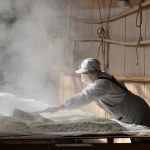 創業安政2年以来の正真正銘の手造り「石孫本店」 – Truly Natural brewed Miso and Soy sauce “Ishimago”
創業安政2年以来の正真正銘の手造り「石孫本店」 – Truly Natural brewed Miso and Soy sauce “Ishimago”- morinoe もりのえ 朝焼け
 観光・移住サイト「まるがめせとうち島旅ノート」 – Island Travel Note of Setouchi, Marugame city
観光・移住サイト「まるがめせとうち島旅ノート」 – Island Travel Note of Setouchi, Marugame city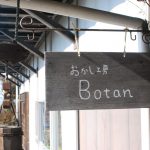 猫とお菓子と木工所。お菓子工房 – Botan cafe
猫とお菓子と木工所。お菓子工房 – Botan cafe チョコレート工場『サニーサイドフィールズ』 – chocolate factory “SUNNYSIDE FIELDS”
チョコレート工場『サニーサイドフィールズ』 – chocolate factory “SUNNYSIDE FIELDS”- 【11月15日(金)~21日(木)】 手しごと しこくらし SHIKOKU CRAFT 2013 in 高松三越 新館5階
 創造都市ネットワーク Creative Cities Network
創造都市ネットワーク Creative Cities Network- 服をめぐる冒険「earth music&ecology」の株式会社クロスカンパニーは、岡山から東京へ本社を移す予定はないそうです。 #岡山
Random ランダム
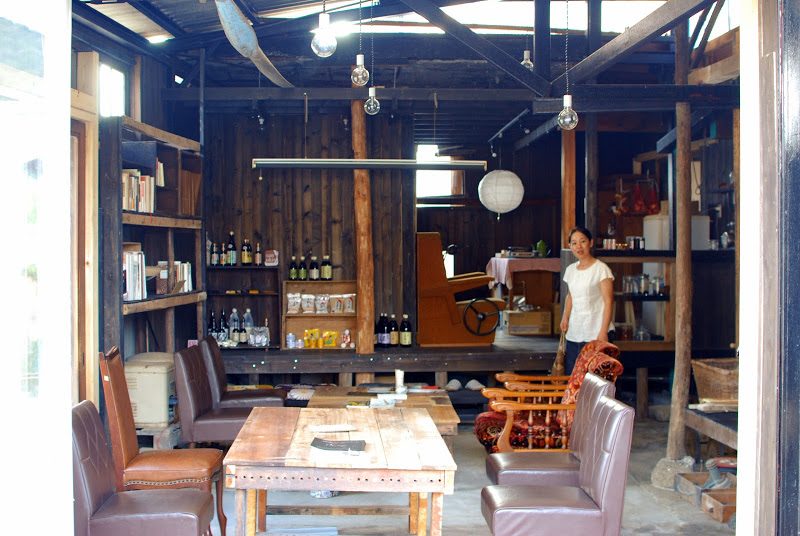 豊島に開かれた窓「てしまのまど」 Teshima no Mado, Teshima island
豊島に開かれた窓「てしまのまど」 Teshima no Mado, Teshima island arc(あるく)のクイズアプリ『arc Quiz』を公開しました! – The arc quiz appli ‘arc Quiz’ is now available!
arc(あるく)のクイズアプリ『arc Quiz』を公開しました! – The arc quiz appli ‘arc Quiz’ is now available!- ル・コルビュジエ 「建築とアート その創造の軌跡」 – 森美術館
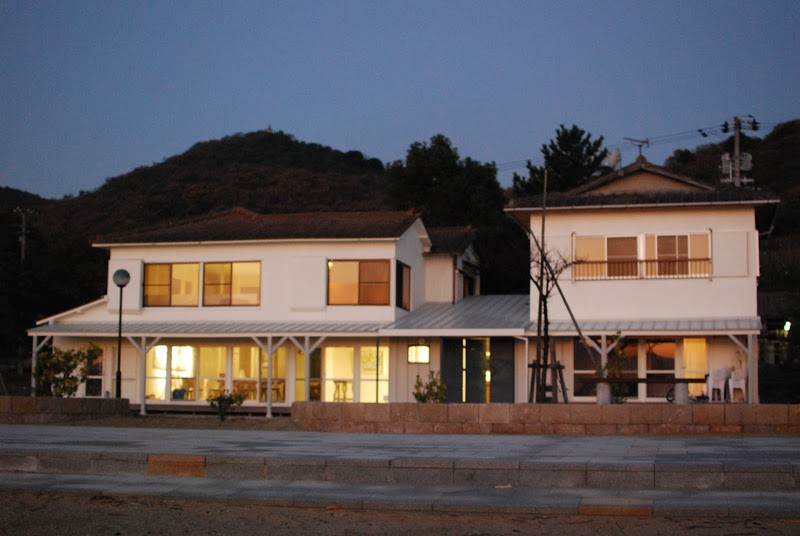 女木島のビーチアパート – The beach apart at Megi island
女木島のビーチアパート – The beach apart at Megi island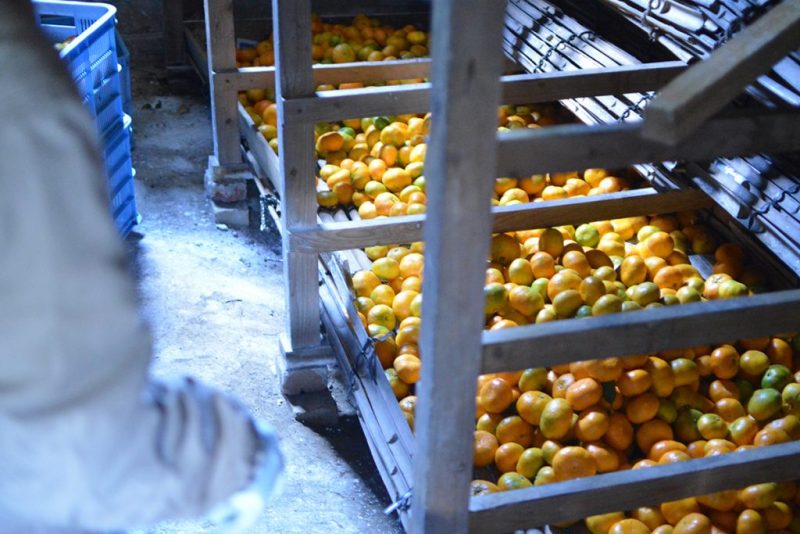 眠り熟成みかん「十万(じゅうまん)」
眠り熟成みかん「十万(じゅうまん)」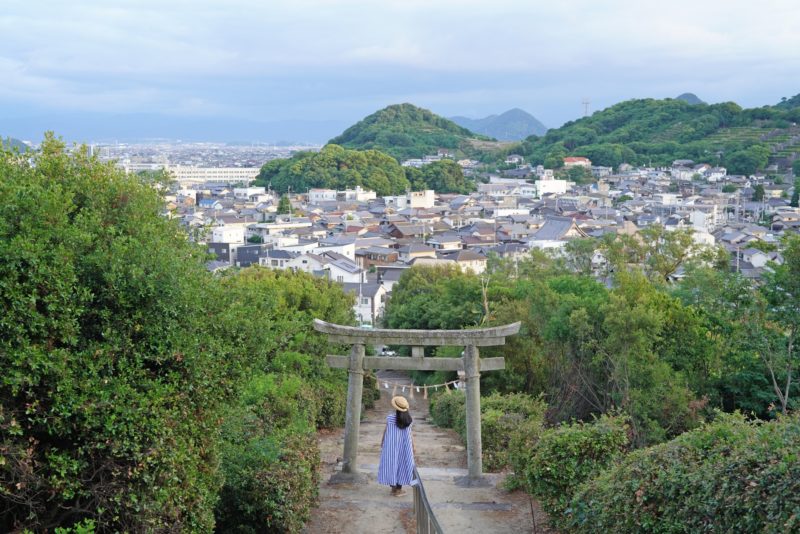 かつての瀬戸内の小島、天狗の休憩処「芝山神社」 – Shibayama shrine
かつての瀬戸内の小島、天狗の休憩処「芝山神社」 – Shibayama shrine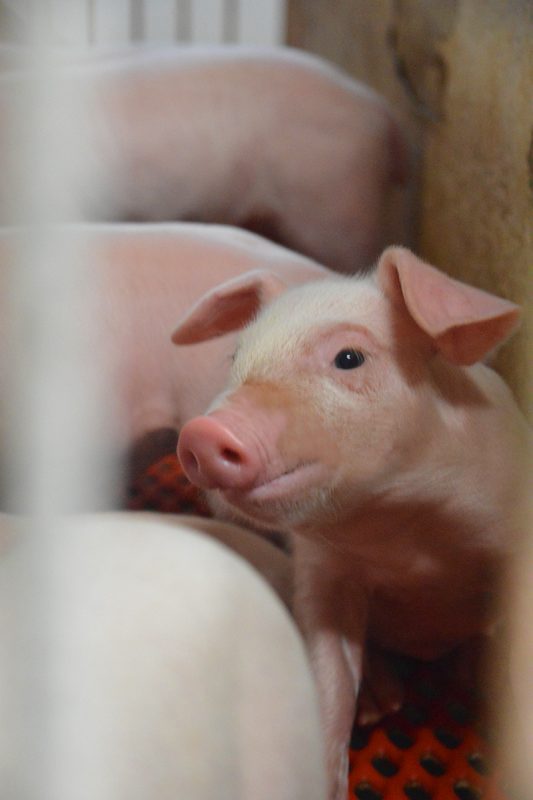 大根との物々交換で始まった養豚。「讃岐もち豚」
大根との物々交換で始まった養豚。「讃岐もち豚」![【全国初 泊まれる城】大洲城 – [Ehime] You can stay Ozu Castle](https://yousakana.jp/wp-content/uploads/2020/07/Ozu-Castle-800x533.jpg) 【全国初 泊まれる城】大洲城 – [Ehime] You can stay Ozu Castle
【全国初 泊まれる城】大洲城 – [Ehime] You can stay Ozu Castle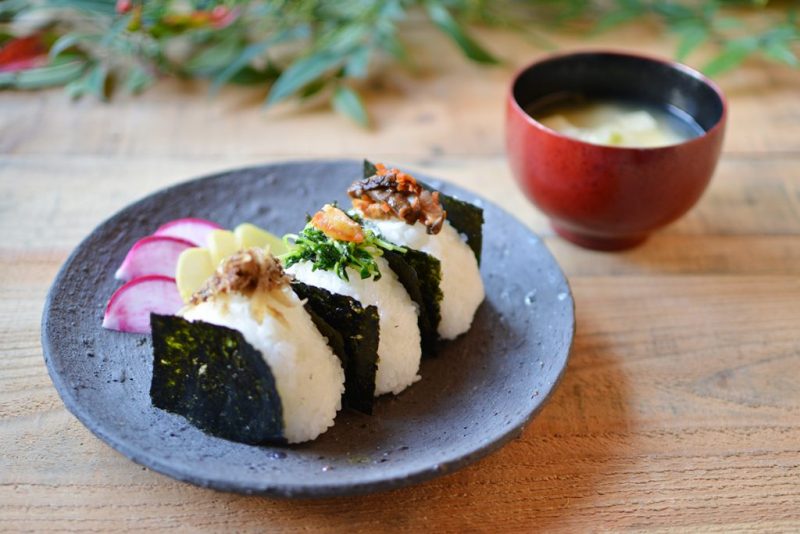 四国のおむすびと味噌汁
四国のおむすびと味噌汁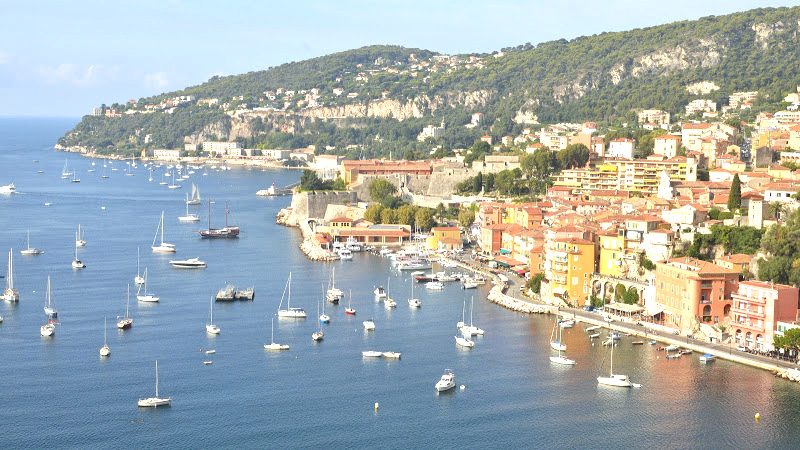 ヴィルフランシュ=シュル=メール Villefranche-sur-Mer, Côte d’Azur, France
ヴィルフランシュ=シュル=メール Villefranche-sur-Mer, Côte d’Azur, France
月 Month
Links 関連リンク
- 地域経済分析システム(RESAS)
- 観光地域づくり団体 Next IRIAI Lab.
- 一般社団法人arc(あるく)
- 高松市エリアデザイン・アーキテクト
- 瀬戸内国際芸術祭「こえび新聞」
- 【テレビ】every.フライデー | 香川県 RNC西日本放送
コメンテーター 3週毎金曜 15:50〜16:43 - 【ラジオ】波のりラジオ 1449khz | 香川県 RNC西日本放送
毎月第2土曜 12:40頃〜
Search 検索
Random ランダム
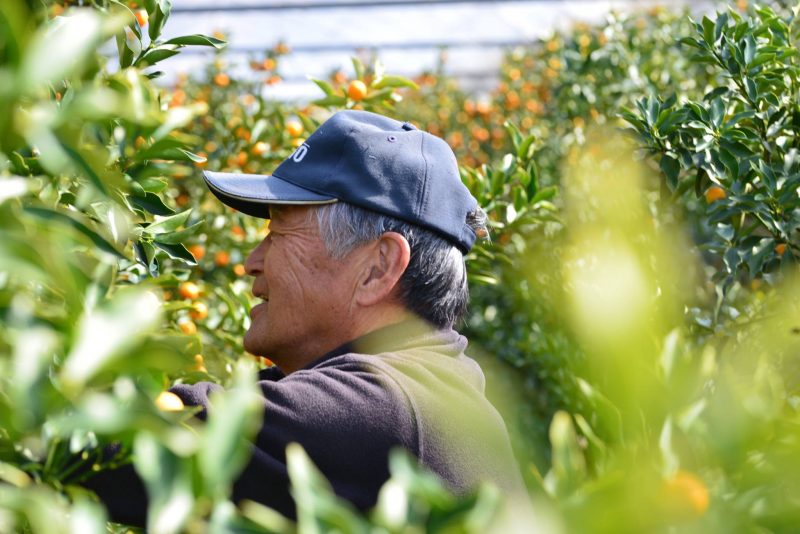 村の完熟きんかん – Kinkan (Chinese orange) of Sanagochi Village
村の完熟きんかん – Kinkan (Chinese orange) of Sanagochi Village![【小豆島・豊島】小豆島・豊島 秋祭りまとめ – [Shodoshima Teshima] The autumn shrine festival](https://yousakana.jp/wp-content/uploads/2016/10/shodoshima-festival-800x536.jpg) 【小豆島・豊島】小豆島・豊島 秋祭りまとめ – [Shodoshima Teshima] The autumn shrine festival
【小豆島・豊島】小豆島・豊島 秋祭りまとめ – [Shodoshima Teshima] The autumn shrine festival 誰かと歩いて、感動を共有するプラットフォーム『arc(あるく)』 – ‘arc’, a platform for walking with someone else and sharing the excitement.
誰かと歩いて、感動を共有するプラットフォーム『arc(あるく)』 – ‘arc’, a platform for walking with someone else and sharing the excitement.![【香川】桃太郎伝説の残る『鬼ヶ塚』の桜 – [Kagaawa] Cherry blossoms at Onigazuka, where the legend of Momotaro remains.](https://yousakana.jp/wp-content/uploads/2023/03/panorama_sakura_kinashi-800x533.jpg) 【香川】桃太郎伝説の残る『鬼ヶ塚』の桜 – [Kagaawa] Cherry blossoms at Onigazuka, where the legend of Momotaro remains.
【香川】桃太郎伝説の残る『鬼ヶ塚』の桜 – [Kagaawa] Cherry blossoms at Onigazuka, where the legend of Momotaro remains.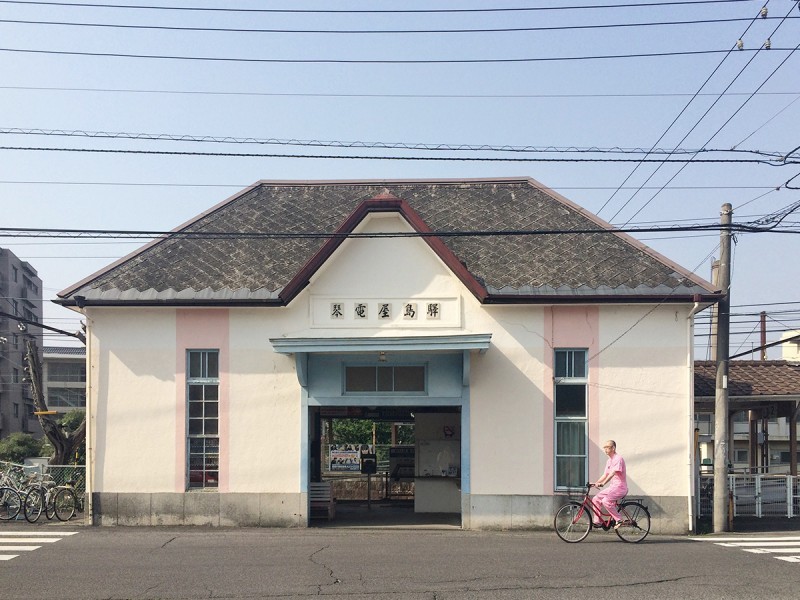 琴電屋島駅 近代化産業遺産 Yashima station, modernization industrial heritage
琴電屋島駅 近代化産業遺産 Yashima station, modernization industrial heritage 菓子と珈琲『暖(はる)』 – Sweets and Coffee “Haru”
菓子と珈琲『暖(はる)』 – Sweets and Coffee “Haru” ウサギニンゲンライブ at 豊島・食堂101号室 – usaginingen live at Teshima island
ウサギニンゲンライブ at 豊島・食堂101号室 – usaginingen live at Teshima island まこも茶、農家がつくる本気のブルーベリージャム、森の神様
まこも茶、農家がつくる本気のブルーベリージャム、森の神様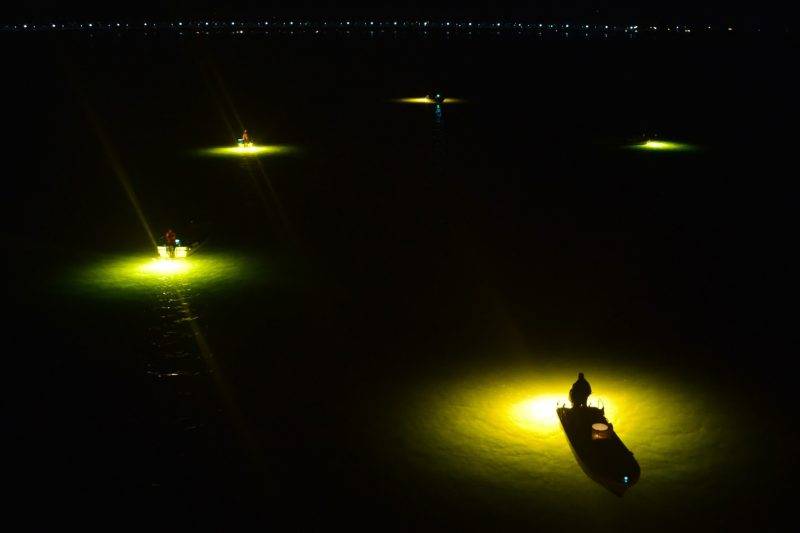 新月の吉野川。幻想的なシラスウナギ漁、煌々と – Lights of glass eel fishing at Yoshino river
新月の吉野川。幻想的なシラスウナギ漁、煌々と – Lights of glass eel fishing at Yoshino river![【香川】丹下健三設計の旧香川県立体育館 – [Kagawa] Former Kagawa Prefectural Gymnasium](https://yousakana.jp/wp-content/uploads/2021/07/Kagawa-Prefectural-Gymnasium-800x533.jpg) 【香川】丹下健三設計の旧香川県立体育館 – [Kagawa] Former Kagawa Prefectural Gymnasium
【香川】丹下健三設計の旧香川県立体育館 – [Kagawa] Former Kagawa Prefectural Gymnasium
Random ランダム
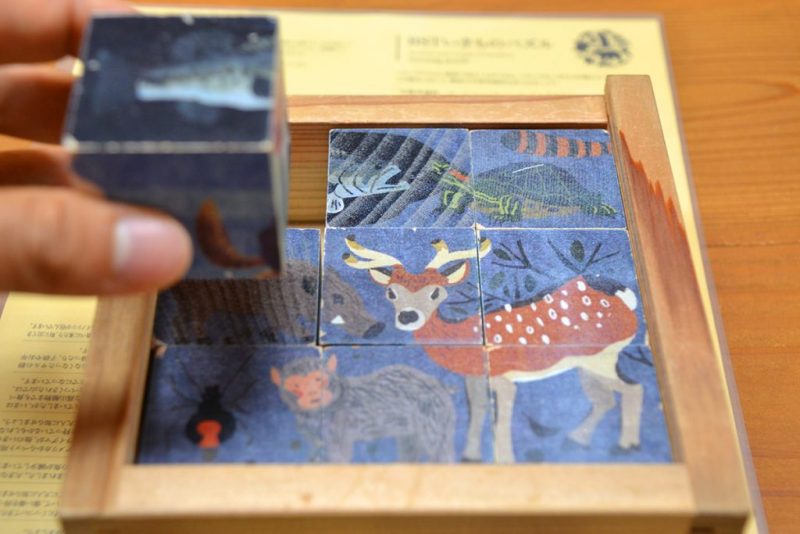 オビカカズミさんの絵が書かれた森のパズル
オビカカズミさんの絵が書かれた森のパズル![【全国初 泊まれる城】大洲城 – [Ehime] You can stay Ozu Castle](https://yousakana.jp/wp-content/uploads/2020/07/Ozu-Castle-800x533.jpg) 【全国初 泊まれる城】大洲城 – [Ehime] You can stay Ozu Castle
【全国初 泊まれる城】大洲城 – [Ehime] You can stay Ozu Castle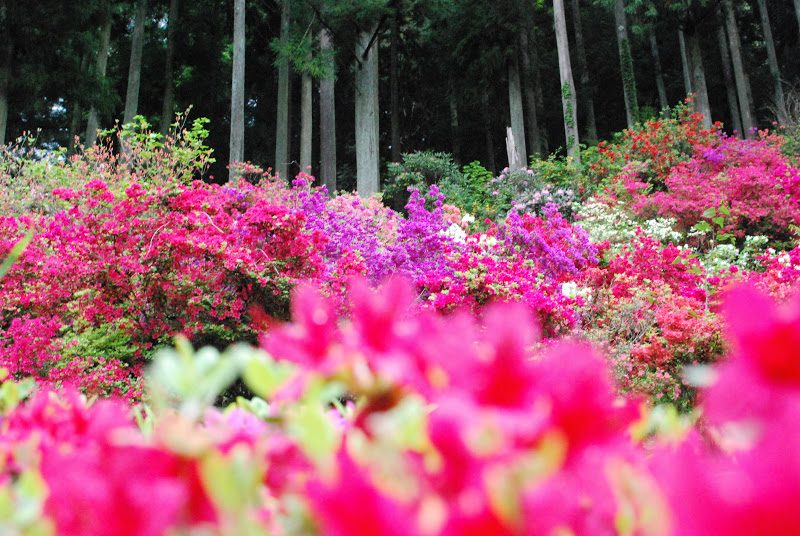 山里を彩る5000本のツツジ「神山町上分花の隠里」 – Azaleas blooms of Kamiyama
山里を彩る5000本のツツジ「神山町上分花の隠里」 – Azaleas blooms of Kamiyama 豊島に開かれた窓「てしまのまど」 Teshima no Mado, Teshima island
豊島に開かれた窓「てしまのまど」 Teshima no Mado, Teshima island Mt. FUJI
Mt. FUJI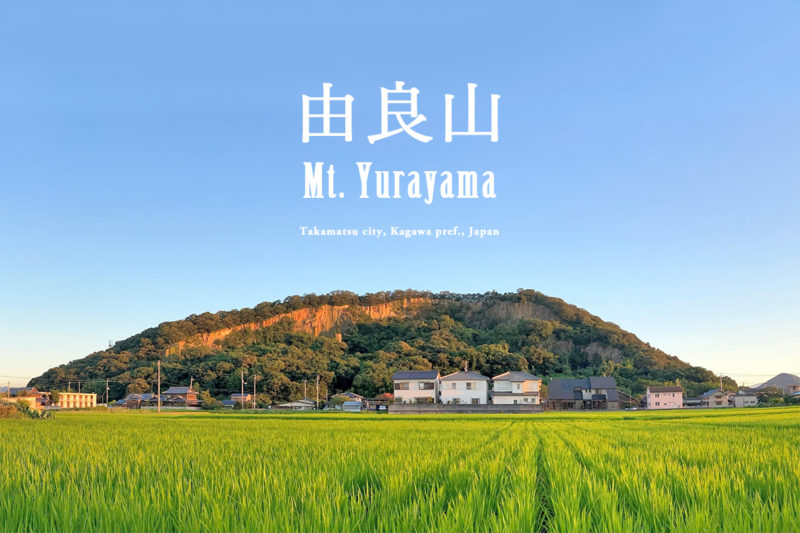 皇室御用達の石を見に由良山へ – The stone of “Mt. Yurayama” is used for garden of the Imperial Palace
皇室御用達の石を見に由良山へ – The stone of “Mt. Yurayama” is used for garden of the Imperial Palace 瀬戸内海を一望できる安藤忠雄さん設計のホテル「瀬戸内リトリート青凪(あおなぎ)」 Setouchi retreat AONAGI
瀬戸内海を一望できる安藤忠雄さん設計のホテル「瀬戸内リトリート青凪(あおなぎ)」 Setouchi retreat AONAGI 池のほとりに建つ自家焙煎の珈琲屋『はりゅう珈琲』 – Haryu Coffee
池のほとりに建つ自家焙煎の珈琲屋『はりゅう珈琲』 – Haryu Coffee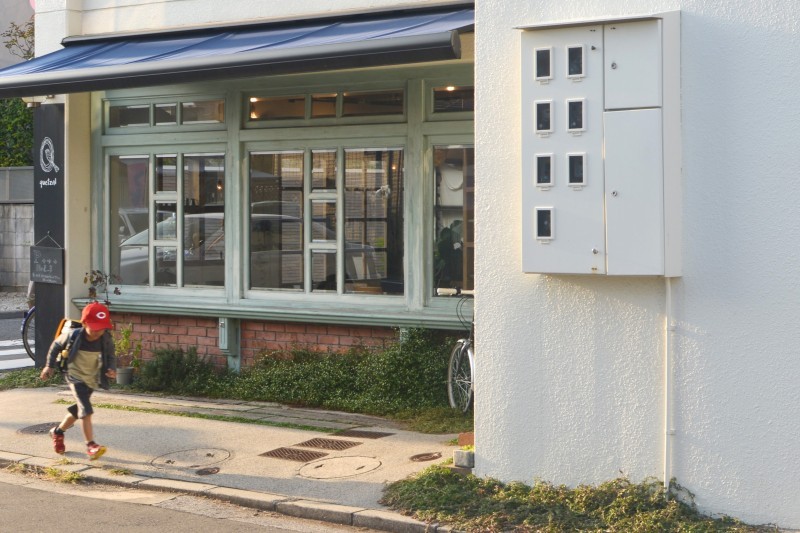 通りすがりの小学生がカープ帽。さすが広島
通りすがりの小学生がカープ帽。さすが広島- 1908年 ロンドンオリンピックの年にできた本屋 – Waterstone's Gower Street 82 Gower Street, London WC1E 6EQ
月間ランキング - Monthly ranking
Random ランダム
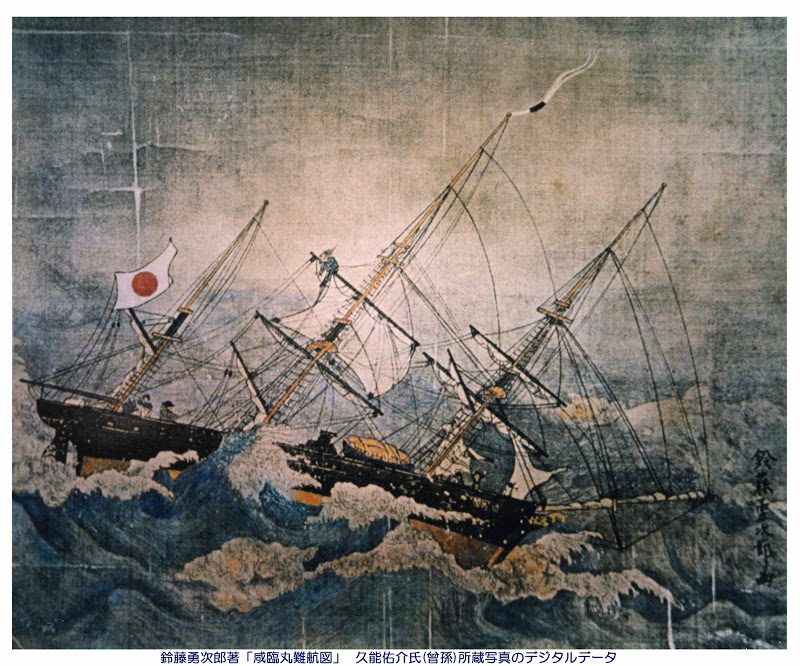 日本初の太平洋横断を達成した咸臨丸(かんりんまる)の水夫の7割は瀬戸内海 塩飽(しわく)諸島出身です。咸臨丸寄港150年
日本初の太平洋横断を達成した咸臨丸(かんりんまる)の水夫の7割は瀬戸内海 塩飽(しわく)諸島出身です。咸臨丸寄港150年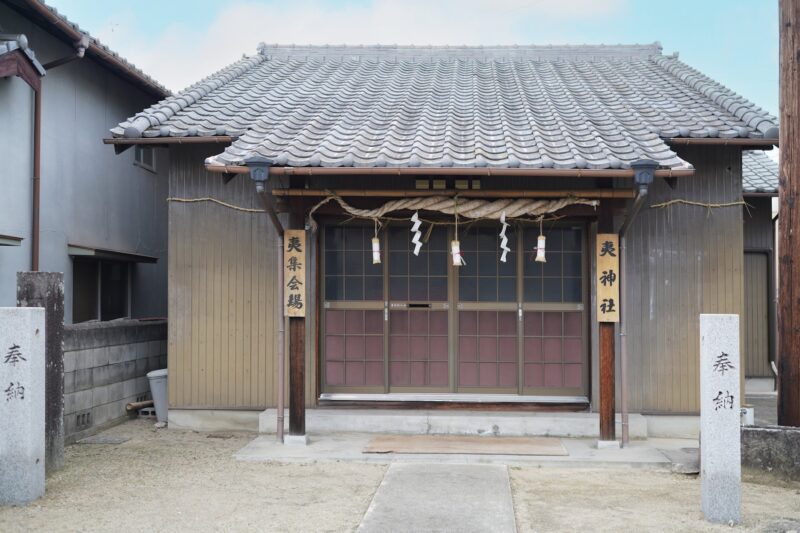 かつて入江にあった夷(えびす)神社 – ‘Ebisu Shrine’, once located on the coast.
かつて入江にあった夷(えびす)神社 – ‘Ebisu Shrine’, once located on the coast.- アイディアはどこから来るのか – Where does the idea come from?
 くだもの屋のフルーツカフェ「はまきた珈琲」 – Fruit Cafe 「Hamakita Coffee」
くだもの屋のフルーツカフェ「はまきた珈琲」 – Fruit Cafe 「Hamakita Coffee」- アルヴァロ・シザの建築
 武智和臣さん設計、松山・衣山の家 House of Kinuyama designed by Kazutomi Takechi
武智和臣さん設計、松山・衣山の家 House of Kinuyama designed by Kazutomi Takechi 「まつざきしげるいろ」の作り方の紹介 – サクラクレパス色絵の具
「まつざきしげるいろ」の作り方の紹介 – サクラクレパス色絵の具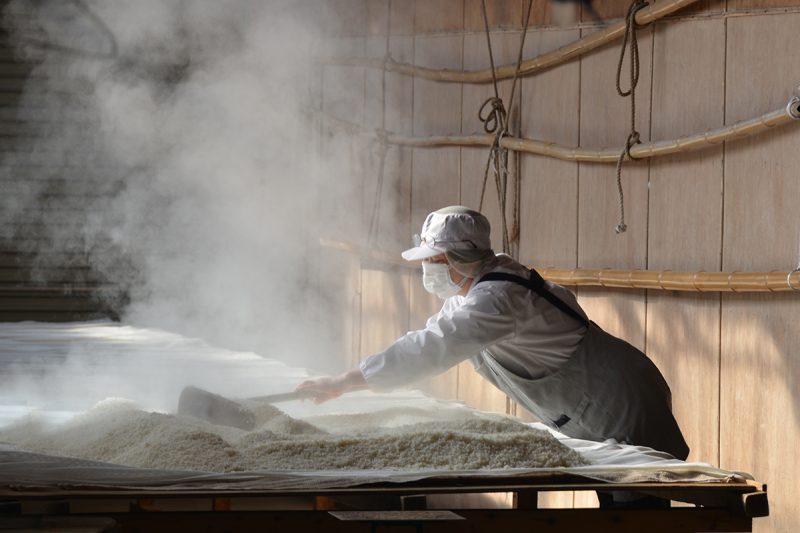 創業安政2年以来の正真正銘の手造り「石孫本店」 – Truly Natural brewed Miso and Soy sauce “Ishimago”
創業安政2年以来の正真正銘の手造り「石孫本店」 – Truly Natural brewed Miso and Soy sauce “Ishimago”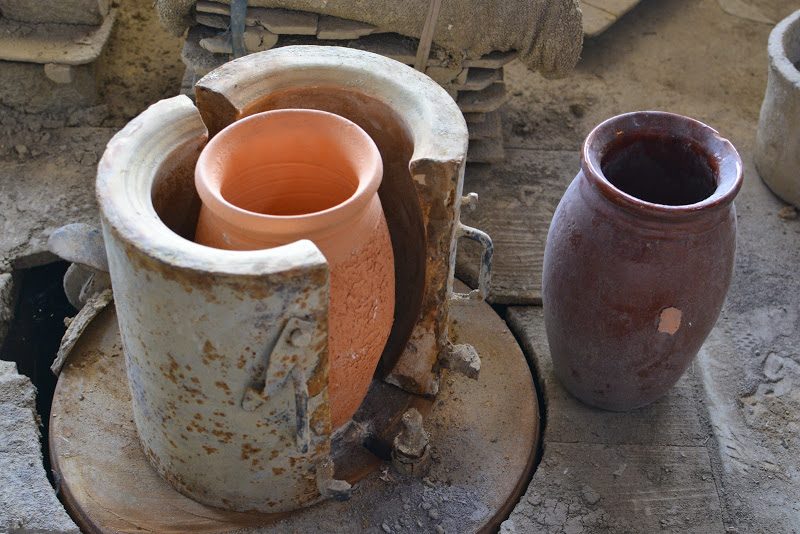 瀬戸内海で使われているたこつぼ工場『藤原たこつぼ製造所』 – The octopus pot factory
瀬戸内海で使われているたこつぼ工場『藤原たこつぼ製造所』 – The octopus pot factory![【香川】動く!回る!高さ8mのねぷたがこんぴらさんの町を練り歩く『四国金毘羅ねぷた祭り』 – [Kagawa] Shikoku Konpira Neputa Festival](https://yousakana.jp/wp-content/uploads/2022/05/neputa_konpira-1-800x533.jpg) 【香川】動く!回る!高さ8mのねぷたがこんぴらさんの町を練り歩く『四国金毘羅ねぷた祭り』 – [Kagawa] Shikoku Konpira Neputa Festival
【香川】動く!回る!高さ8mのねぷたがこんぴらさんの町を練り歩く『四国金毘羅ねぷた祭り』 – [Kagawa] Shikoku Konpira Neputa Festival
Random ランダム
 食卓に彩りを添える赤い人参『金時にんじん』 – Kintoki red carrot
食卓に彩りを添える赤い人参『金時にんじん』 – Kintoki red carrot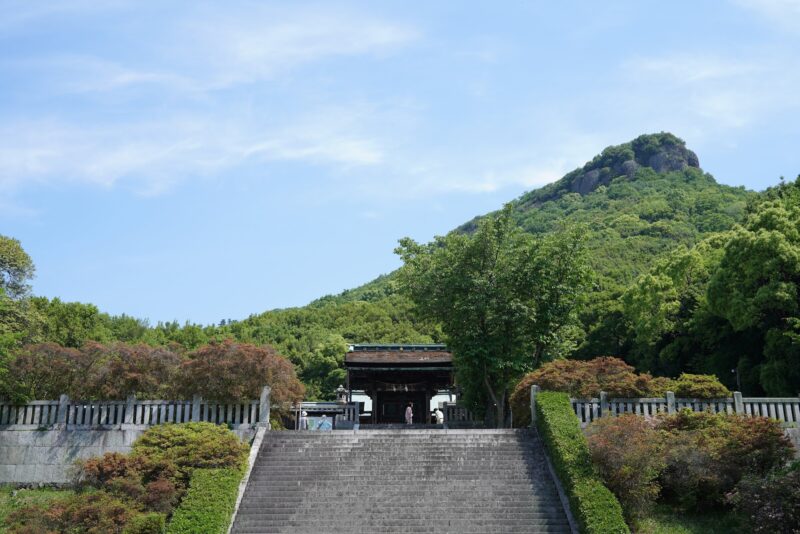 【香川】讃岐東照宮、屋島神社 – Sanuki Tōshō-gū, Yashima shrine
【香川】讃岐東照宮、屋島神社 – Sanuki Tōshō-gū, Yashima shrine ジャンボフェリーで食べることのできる100%オリーブ牛カレーうどん – Olive Beef Udon Noodle of Jumbo Ferry
ジャンボフェリーで食べることのできる100%オリーブ牛カレーうどん – Olive Beef Udon Noodle of Jumbo Ferry- たった1.5%!ほとんど流通してない国産の天然漆で器をつくっている夫婦が香川県善通寺市にいらっしゃいます。「和うるし工房あい」 #香川 @waurushi
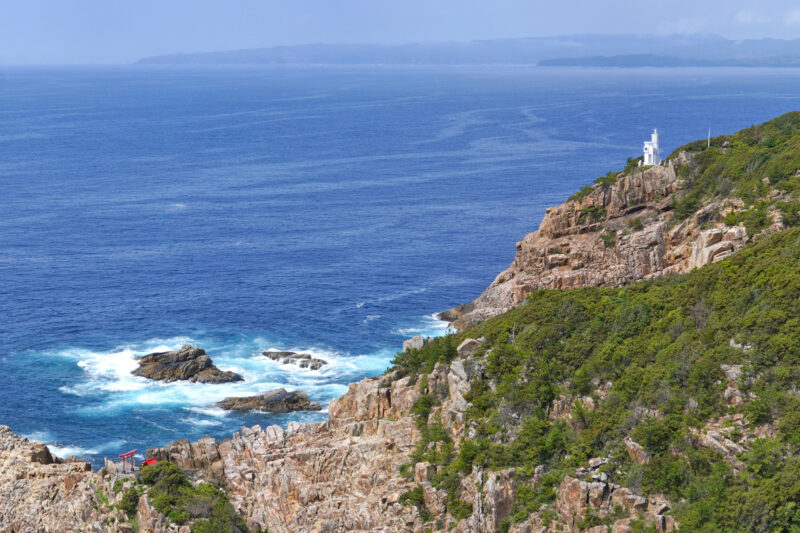 黒潮が日本列島に最初にぶつかる絶景!臼碆(うすばえ)龍宮神社 – Usubae Ryugu Shrine
黒潮が日本列島に最初にぶつかる絶景!臼碆(うすばえ)龍宮神社 – Usubae Ryugu Shrine 朝の連ドラを見ながらうどんを食べて、出勤するというライフスタイル – My lifestyle with Sanuki udon
朝の連ドラを見ながらうどんを食べて、出勤するというライフスタイル – My lifestyle with Sanuki udon 瀬戸内生活工芸祭2014 Setouchi Craft Festival 2014
瀬戸内生活工芸祭2014 Setouchi Craft Festival 2014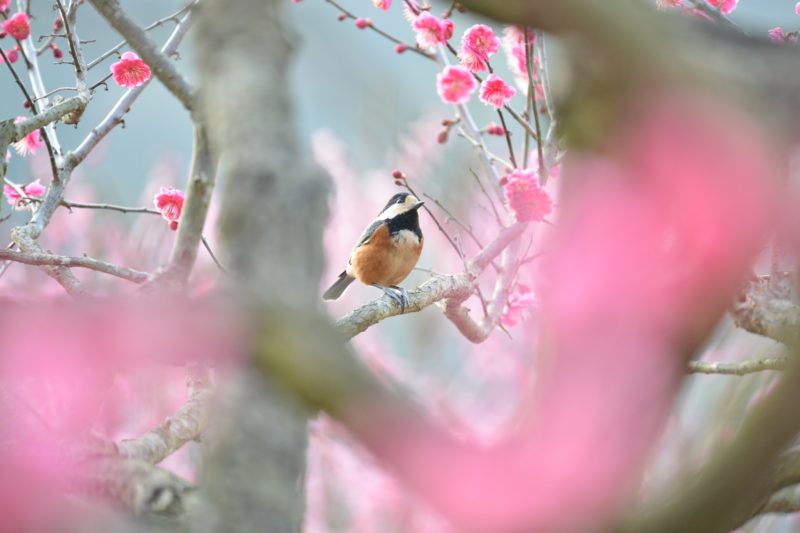 元号「令和(れいわ)」は万葉集の梅の花の歌より引用 – The era name “REIWA” comes from Manyoshu’s poems about Japanese Apricot Blossom
元号「令和(れいわ)」は万葉集の梅の花の歌より引用 – The era name “REIWA” comes from Manyoshu’s poems about Japanese Apricot Blossom- 渦巻き天井 – Spiral ceiling like ocean vortex
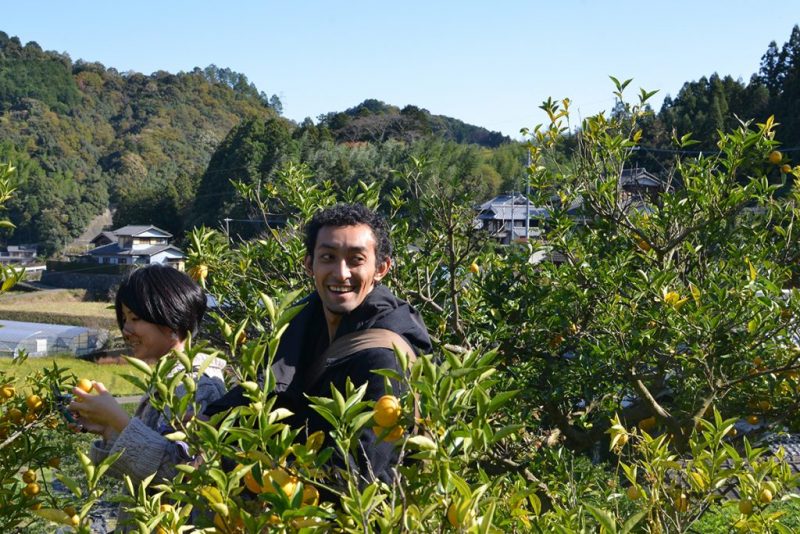 食の農村フィールドワーク 佐那河内村(さなごうちそん)
食の農村フィールドワーク 佐那河内村(さなごうちそん)
Random ランダム
![【香川】丹下健三設計の香川県庁舎で撮影された映画『Arc アーク』 – [Kagawa] Movie “Arc” filmed at Kagawa Pref. Office (Kenzo Tange 1958)](https://yousakana.jp/wp-content/uploads/2021/06/ark_movie_00-800x450.jpeg) 【香川】丹下健三設計の香川県庁舎で撮影された映画『Arc アーク』 – [Kagawa] Movie “Arc” filmed at Kagawa Pref. Office (Kenzo Tange 1958)
【香川】丹下健三設計の香川県庁舎で撮影された映画『Arc アーク』 – [Kagawa] Movie “Arc” filmed at Kagawa Pref. Office (Kenzo Tange 1958)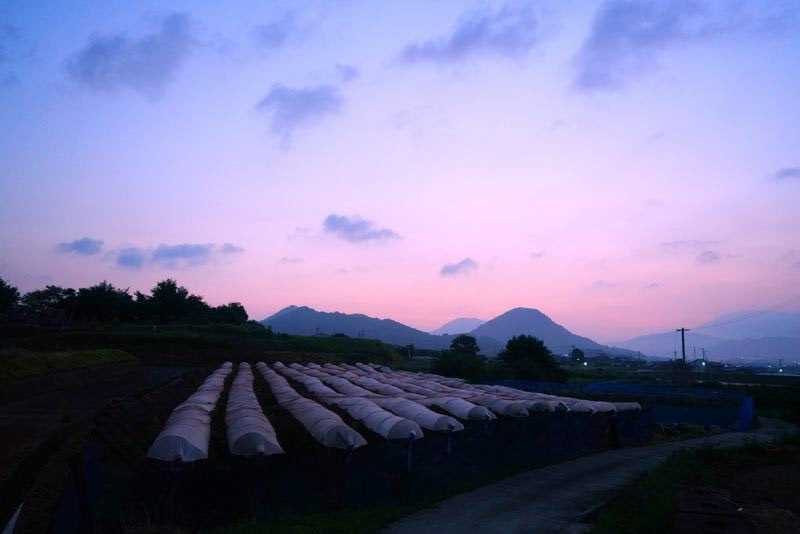 ぶどう色に染まる空の下。夜明け前に収穫するぶどう「白いぶどう」 – Shirai Grape Farm
ぶどう色に染まる空の下。夜明け前に収穫するぶどう「白いぶどう」 – Shirai Grape Farm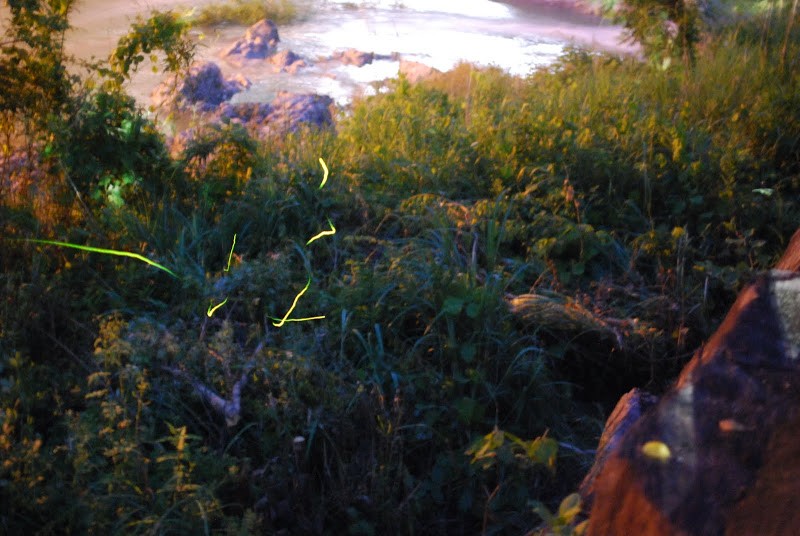 塩江温泉郷までホタルを見に行ってきました。しおのえホタルまつり
塩江温泉郷までホタルを見に行ってきました。しおのえホタルまつり- 列柱廊 グエル公園 – Galeria, Parc Güell
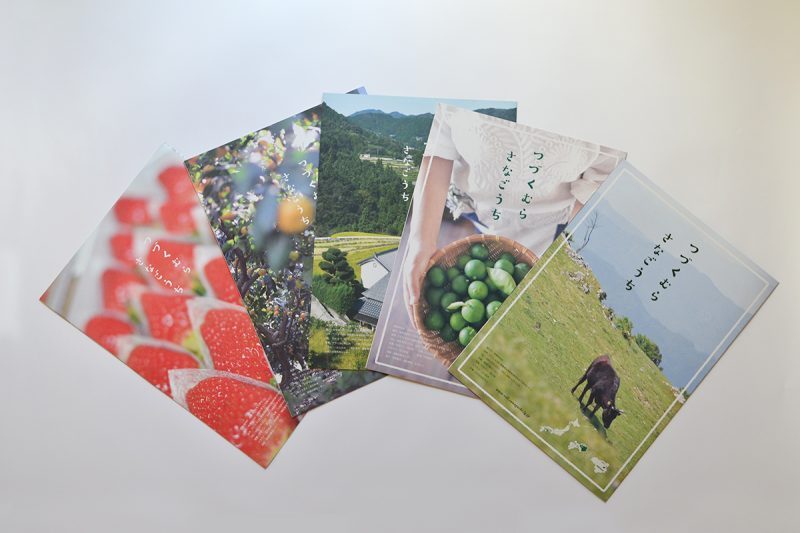 村の美味しい季節をお届けします「さなのごちそう便り」Delicious letter of Sanagochi village
村の美味しい季節をお届けします「さなのごちそう便り」Delicious letter of Sanagochi village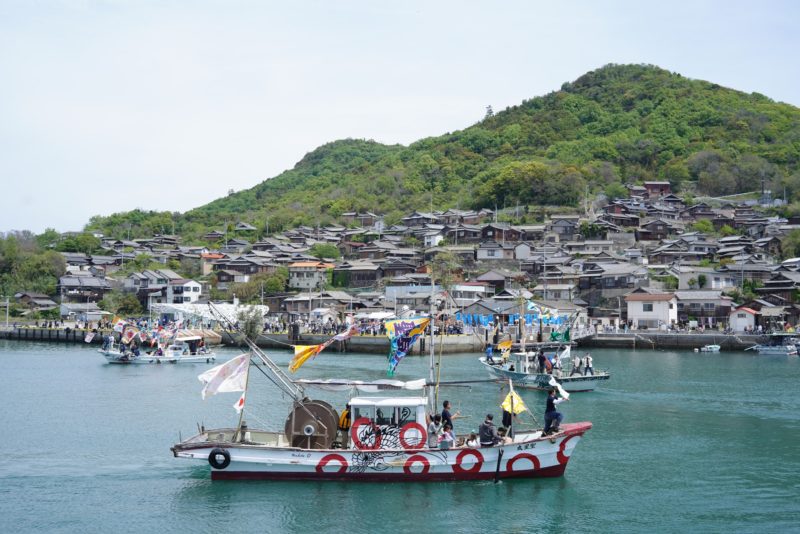 男木島、心躍る、踊り込み – “Odorikomi” boat parade festival at Ogijima island
男木島、心躍る、踊り込み – “Odorikomi” boat parade festival at Ogijima island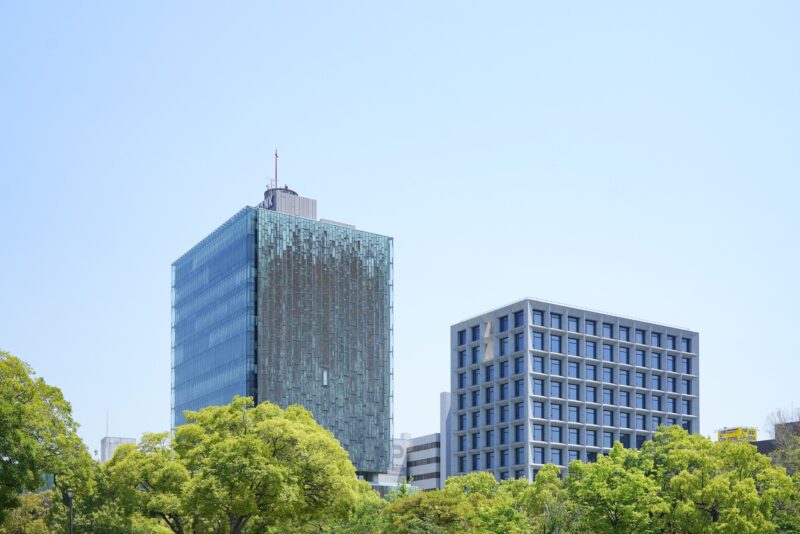 彫刻家の作る生きた壁と、日本初の緑青銅板仕上げの建築『百十四銀行本店』 – The green wall and 114th Bank at Kagawa pref.
彫刻家の作る生きた壁と、日本初の緑青銅板仕上げの建築『百十四銀行本店』 – The green wall and 114th Bank at Kagawa pref.- ケータイがケータイし忘れていたもの展 – au design project
 瀬戸内海を眺める展望カフェ『大川オアシス』 – “Okawa Oasis”, a café with a view over the Seto Inland Sea.
瀬戸内海を眺める展望カフェ『大川オアシス』 – “Okawa Oasis”, a café with a view over the Seto Inland Sea.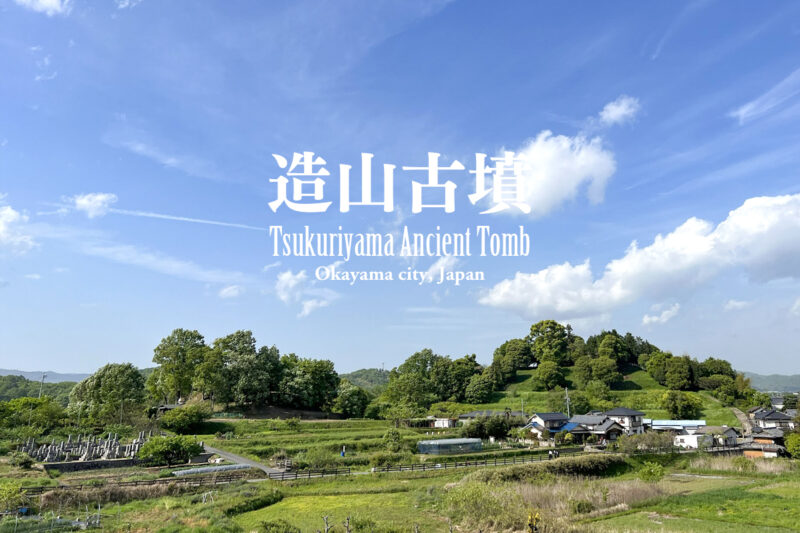 日本最大の登れる古墳『造山古墳』 – Tsukuriyama Ancient Tomb
日本最大の登れる古墳『造山古墳』 – Tsukuriyama Ancient Tomb
Random ランダム
 食の農村フィールドワーク 佐那河内村(さなごうちそん)
食の農村フィールドワーク 佐那河内村(さなごうちそん)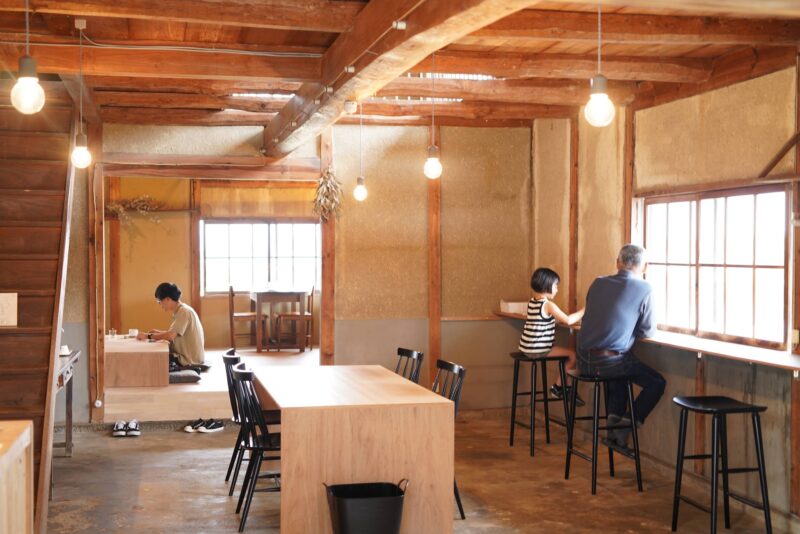 自家焙煎コーヒーとお菓子『サイトウコーヒー』 – Saito Coffee
自家焙煎コーヒーとお菓子『サイトウコーヒー』 – Saito Coffee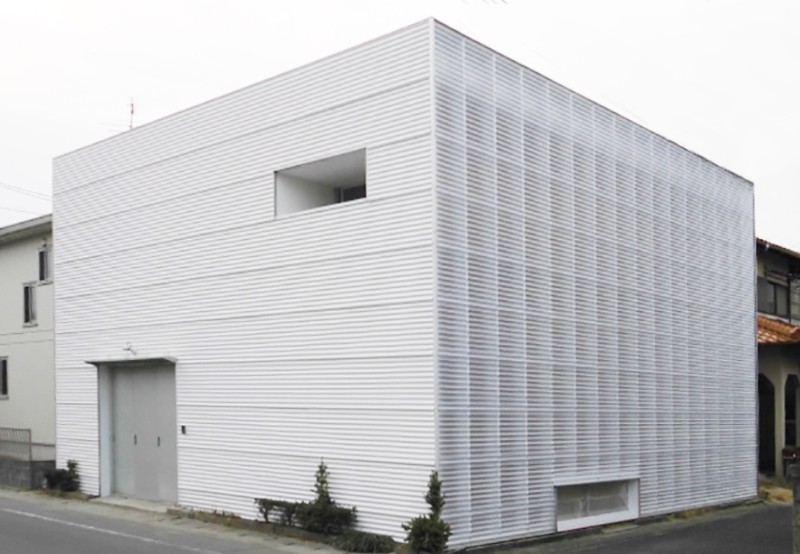 【2月20日(土)開館】SANAA設計の個人住宅がギャラリーとしてオープン。岡山・S-HOUSE
【2月20日(土)開館】SANAA設計の個人住宅がギャラリーとしてオープン。岡山・S-HOUSE 讃岐富士のふもとのニンニク農園 『高橋農園』 – “Takahashi Garlic Farm” at the foot of Mt. Sanuki-Fuji
讃岐富士のふもとのニンニク農園 『高橋農園』 – “Takahashi Garlic Farm” at the foot of Mt. Sanuki-Fuji 城下町に溶け込む分散型ホテル『NIPPONIA』 HOTEL, Castle town Ōzu
城下町に溶け込む分散型ホテル『NIPPONIA』 HOTEL, Castle town Ōzu![【徳島】サーフィンとコーヒーをこよなく愛すマスターのお店『とよとみ珈琲』 – [Tokushima] Toyotomi Coffee](https://yousakana.jp/wp-content/uploads/2020/04/toyotomi-coffee.jpg) 【徳島】サーフィンとコーヒーをこよなく愛すマスターのお店『とよとみ珈琲』 – [Tokushima] Toyotomi Coffee
【徳島】サーフィンとコーヒーをこよなく愛すマスターのお店『とよとみ珈琲』 – [Tokushima] Toyotomi Coffee- コクヨデザインアワード2006受賞作品 テーマは「素」
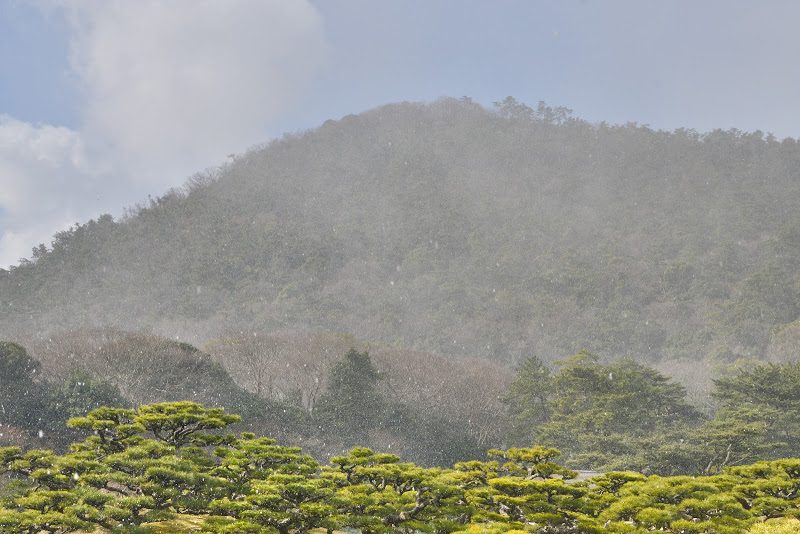 これぞ一歩一景!大名庭園・栗林公園を景観の視点で歩いてみる
これぞ一歩一景!大名庭園・栗林公園を景観の視点で歩いてみる- ミナ ペルホネン – 下京区河原町通四条下ル
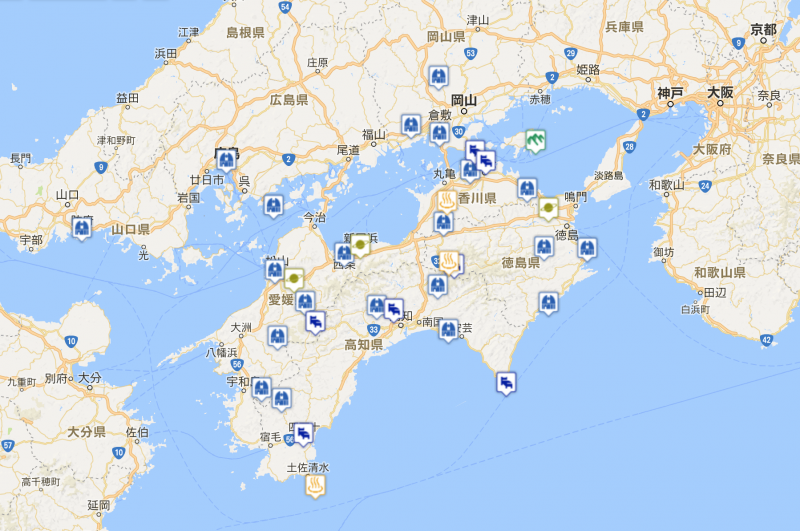 星や月を眺めるなら四国の山奥の宿や島の展望台がオススメ。四国・瀬戸内の天体観測スポットまとめ
星や月を眺めるなら四国の山奥の宿や島の展望台がオススメ。四国・瀬戸内の天体観測スポットまとめ
Random ランダム
 海の貴婦人。帆船「海王丸」 – Lady of the Sea. Sailing ship ‘Kaiou Maru’.
海の貴婦人。帆船「海王丸」 – Lady of the Sea. Sailing ship ‘Kaiou Maru’. 【香川】手袋の街にアウトドアの新たなホットスポットが誕生!『UNWASTED(アンウェイステッド)』
【香川】手袋の街にアウトドアの新たなホットスポットが誕生!『UNWASTED(アンウェイステッド)』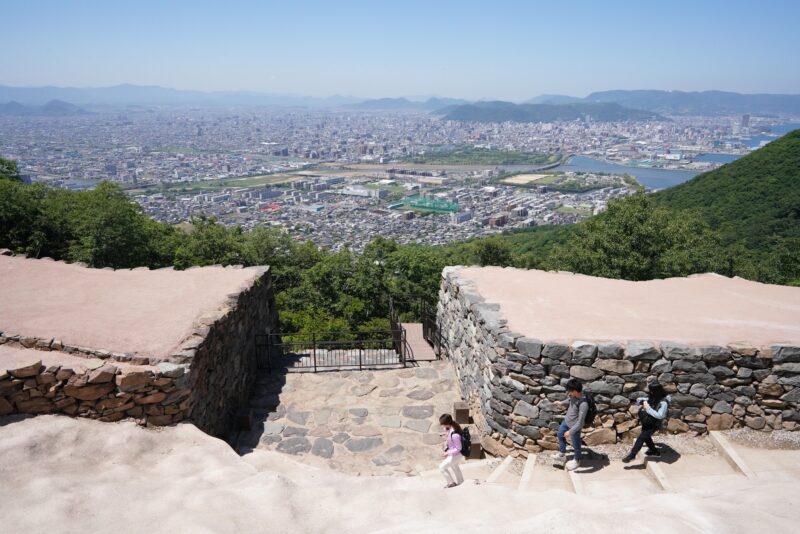 日本書紀に記載された古代山城『屋嶋城(やしまのき)』 – Ancient Mountain Castle “Yashima no Ki (Yashima Castle)”
日本書紀に記載された古代山城『屋嶋城(やしまのき)』 – Ancient Mountain Castle “Yashima no Ki (Yashima Castle)” 高松を象徴するハッシュタグカード #upTAK – Hashtag card, the symbol of Takamatsu city
高松を象徴するハッシュタグカード #upTAK – Hashtag card, the symbol of Takamatsu city 【3/2までイオンシネマ高松東・綾川・宇多津】広島県・呉を舞台にした映画『この世界の片隅に』
【3/2までイオンシネマ高松東・綾川・宇多津】広島県・呉を舞台にした映画『この世界の片隅に』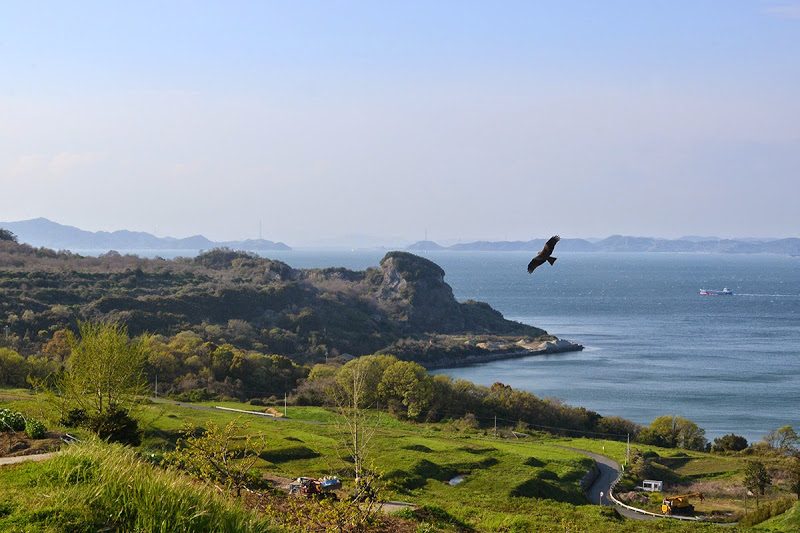 島キッチン 豊島のお誕生会 島で旅するティーパーティー Terrace Coming Party!
島キッチン 豊島のお誕生会 島で旅するティーパーティー Terrace Coming Party! 広島市、レトロビルにある本とうつわの小さな店「リーダンディート READAN DEAT」
広島市、レトロビルにある本とうつわの小さな店「リーダンディート READAN DEAT」 かつて入江にあった夷(えびす)神社 – ‘Ebisu Shrine’, once located on the coast.
かつて入江にあった夷(えびす)神社 – ‘Ebisu Shrine’, once located on the coast. 宇和島の郷土料理「ふくめん」 “Fukumen” local cuisine of Uwajima island
宇和島の郷土料理「ふくめん」 “Fukumen” local cuisine of Uwajima island![【香川】豊中町水源地の給水塔 – [Kagawa] Toyonaka Town Water Tower](https://yousakana.jp/wp-content/uploads/2021/12/Toyonaka-Town-Water-Tower-800x534.jpeg) 【香川】豊中町水源地の給水塔 – [Kagawa] Toyonaka Town Water Tower
【香川】豊中町水源地の給水塔 – [Kagawa] Toyonaka Town Water Tower
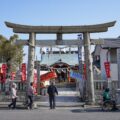
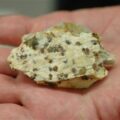

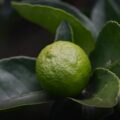


![【日本唯一 徳島】水銀朱の採掘遺跡『若杉山辰砂採掘遺跡』 – [Tokushima] Mercury vermillion mining site “Wakasugiyama Cinnabar Mining Site” | 物語を届けるしごと](https://yousakana.jp/wp-content/uploads/wordpress-popular-posts/42801-featured-120x120.jpg)




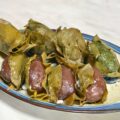
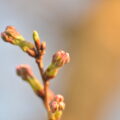
![【香川】高松の素敵な本屋まとめ - [Kagawa] Wonderful book shops at Takamatsu city](https://yousakana.jp/wp-content/uploads/wordpress-popular-posts/43920-featured-120x120.jpg)
魯祐の巻物 | yousakana no makimono
目線
なんだか「目線」というテーマが最近ちらちらするので、 過去の目線つながりメモを…